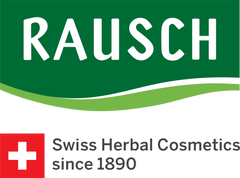Macadamia | What's that?

Macadamia nuts originated in Australia, where they grow in the rainforests of Queensland and the northeast, and have long been valued by the Indigenous peoples of Australia as a rich source of protein and fat. In 1857, the German emigrant and pharmacist Dr Ferdinand von Mueller discovered the plant and named it after his friend, the doctor and philosopher John Macadam.
It wasn’t until the mid-1960s that Australia first began selling these precious nuts as an export. Today, they are in such high demand that there are sometime supply shortages. Australia remains the main growing region, alongside Hawaii, South Africa and Kenya. More than six million macadamia trees grow across around 17,000 hectares in Australia.
With their soft, cream-coloured kernel, macadamia nuts have a delicate, aromatic flavour. Due to their labour-intensive cultivation, complex processing methods and high demand, they are among the most expensive nuts in the world – which contributes to their reputation as the ‘king of nuts’.
Macadamia nuts ripen on the tree and are harvested once they have fallen to the ground. After harvesting, they are stored in a well-ventilated space for between a few weeks and a few months to reduce their water content. This also makes it easier to crack their hard shells.
In addition to their unsaturated fatty acids, which are good for the heart, macadamia nuts are also rich in magnesium, phosphorous, calcium and B vitamins, which help promote strong nerves and bones. Furthermore, they are high in plant protein and filling fibre.
This Australian speciality is more than just a crunchy, energy-boosting snack, however. These precious nuts and their oil are also a sought-after ingredient in cosmetics.
Macadamia oil is extremely moisturising, making it particularly beneficial for very dry and sensitive skin. It is also absorbed swiftly by the skin without leaving an undesirable greasy residue, keeping skin feeling smooth and supple.

